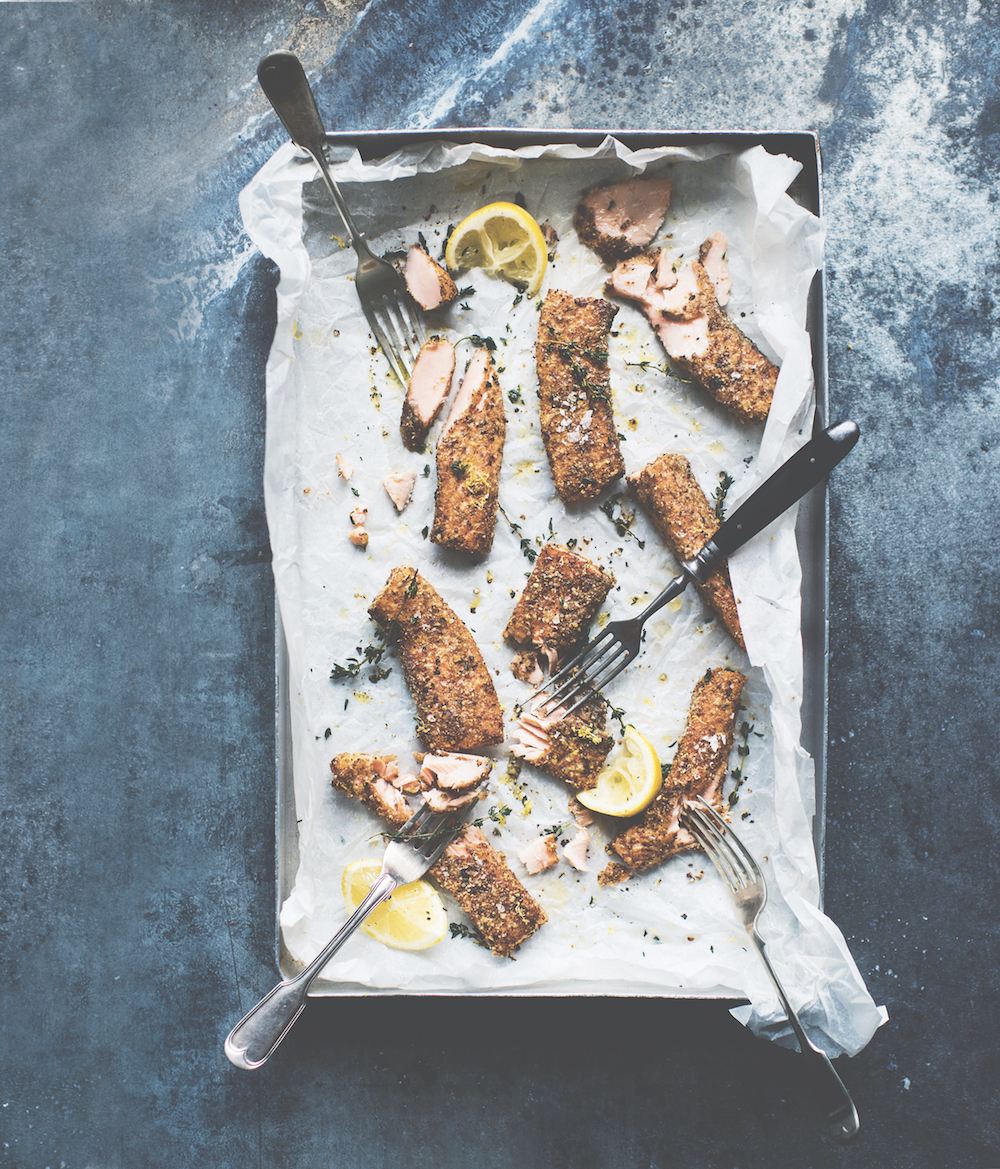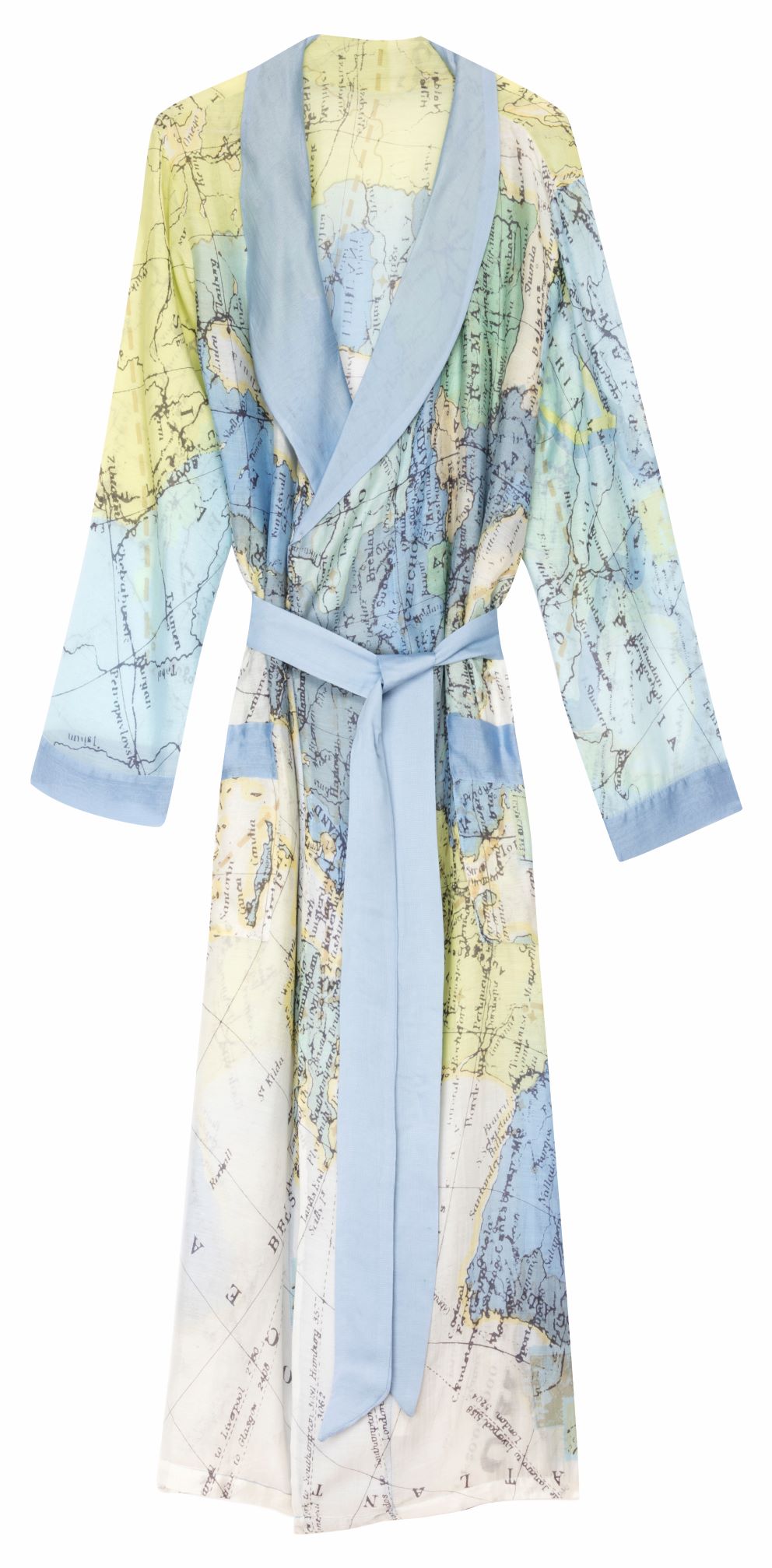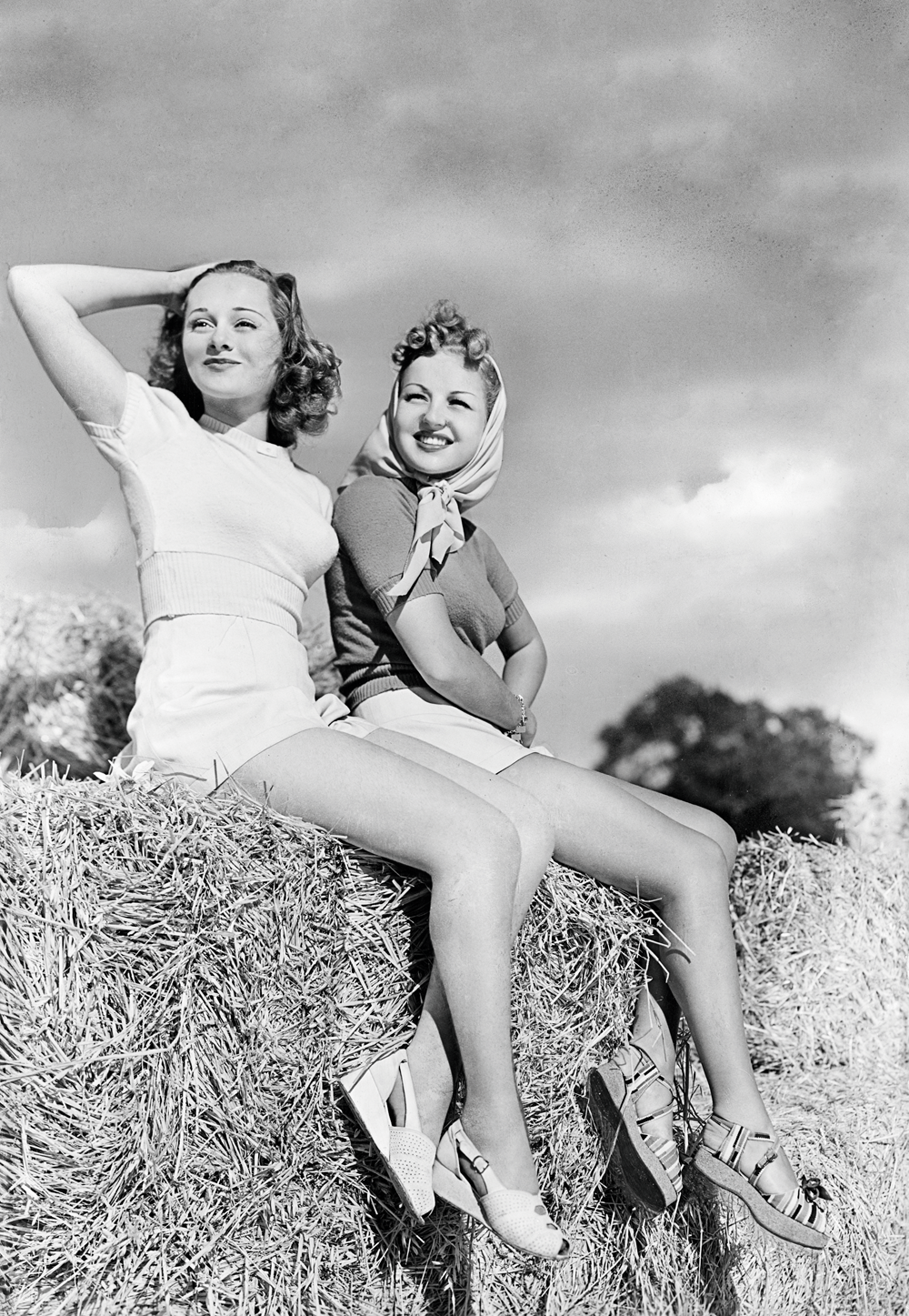Loose, shapeless and button-less, the smock is a garment to pull on over your head and lose yourself in. No one can guess what is going on underneath it, whether it’s a chunky knit, several thermal vests, or a roll of belly fat. And, unlike prissier items of clothing you may have in your wardrobe, it actually gets better looking the more it is worn. This is the uniform of the paint-spattered artist or the sawdust-covered artisan who wears it accessorised with a handful of paintbrushes or a chisel tucked into a pocket. The more it looks like it’s been worn, the more authentic it becomes, reaching peak credibility when the sleeves are frayed and a pocket is ripped and dangling.
It could be our renewed interest in craft and making things that has restored the smock to favour. It is hard-wearing – usually made from cotton drill or canvas – and hard-working, and will cheerfully withstand all that is thrown at it. And, with companies like Toast and Seasalt doing their own takes on its classic shape – boxy with a boat or funnel neck and three-quarter-length sleeves – it has actually become fashionable.
Needless to say, its origins lie with the working man. Eighteenth-century rural workers fashioned loose garments from heavy linen or cotton to toil in the fields. These first smocks are correctly called ‘smock-frocks’ and were calf-length and frequently adorned with smocking: embroidered pleats that gathered the garment at the sleeves and waist. This style was revived in the 70s, when versions with cap sleeves, a yoke and acres of floral material filled shops such as Laura Ashley and Miss Selfridge.
The smock we wear today owes more to 19th century Cornish fishermen, and was stitched by their wives from sailcloth. The artists who descended upon the fishing village of Newlyn at that time were much taken by the working life they saw around them, including smock-wearing fishermen, and recorded them in their paintings. They also took to wearing smocks themselves, and thus the whole bohemian connotations of the garment was born. Patch pockets, now an essential element of the smock, came later. They add to its supreme usefulness: a smock can be worn for countless domestic and creative tasks, from pottering in the gardening, to kneading bread, to spoon whittling. Verily, it is a garment of our times.
THE CLASSIC
Aroma Top, £49.95
Original looking – only cosier, in soft needlecord.
seasaltcornwall.co.uk
TWO WITH A TWIST
V-neck smock, £72
Roomy, robust and rural.
carriercompany.co.uk
Petrichor overshirt, £110
A heavy duty cotton overshirt inspired by the smock.
finisterre.com











